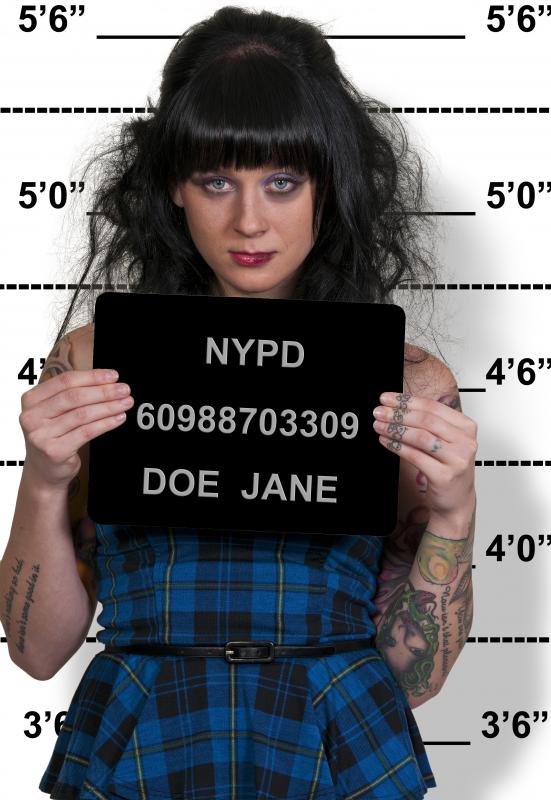At EasyTechJunkie, we're committed to delivering accurate, trustworthy information. Our expert-authored content is rigorously fact-checked and sourced from credible authorities. Discover how we uphold the highest standards in providing you with reliable knowledge.
What Are the Different Types of Digital Image Processing Applications?
While all digital image processing applications are made to edit, alter or create images, there are many different filters and ways of working with images. Batch digital image processing applications are made to edit many different images simultaneously and are usually effective if all the images need similar changes. Graphic generation applications, such as drawing or editing programs, help make and modify graphics. Medical image processors make highly contrasted images to make it easier for doctors to look at bones, ligaments and other parts of the body. Comparison image processors are used mostly by law enforcement to compare documented photos with newly acquired photos, but this also can be used for other purposes.
Batch digital image processing applications are designed to work with two or more images at once. There are both strict and flexible batch image processors. Strict programs perform the same change to each image simultaneously; if one section is altered in color, then that same section will be changed on all the other images. Flexible programs present a general view of each image at once, and the user is able to easily switch between each image to quickly make changes.

Graphic generation digital image processing applications are made to create new graphics or add new sections to existing digital images. For example, drawing programs are made to draw shapes and graphics that can later be employed by the user. These image processors give the user tools to make and edit graphics, such as by adding artistic filters or changing colors.

Medical digital image processing applications are used in the medical field to help doctors accurately see X-ray images. These image processors make highly contrasted images, so broken bones and torn muscles are easier to see than if the images were taken in the body’s natural color. Zoom tools also are common, to make it easier for doctors to check a specific section of an X-ray image.

Comparison image processors are commonly used in law enforcement. These image processors compare the pixels of documented images, such as mug shots or images from friends and family, with new images, such as those from a camera at a store. By comparing the pixels, these image processors are able to make accurate estimates about whether the two pictures show the same person. Other areas that use this pixel comparison tool are aerial imaging, internal security and art.
AS FEATURED ON:
AS FEATURED ON:














Discuss this Article
Post your comments